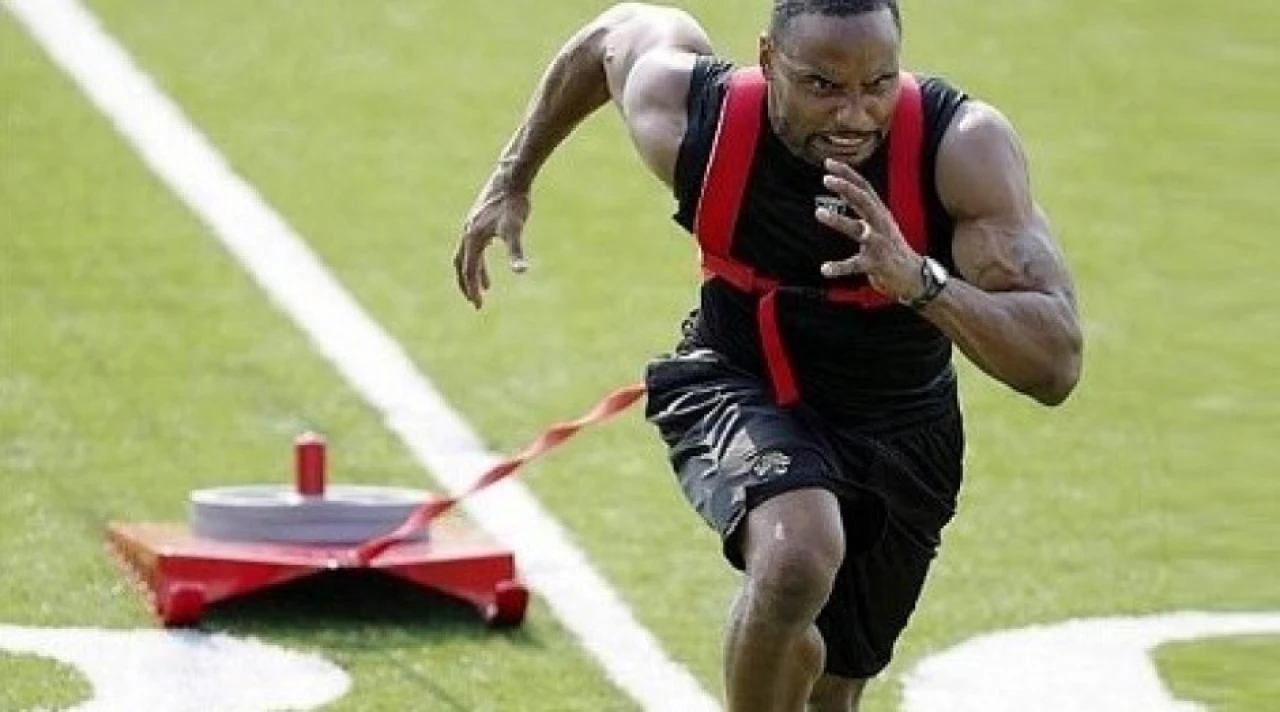All active people will at least once in their lifetime experience pain from muscles and/or joints. The more activity and the higher the intensity, the more likely it is that it will happen.
You who have experienced this already knows what it feels like to be prevented from your favourite activities because of pain. You who haven’t; you will.
In later years rehab and bouncing back from injuries have gone from bedrest to active rehab. To all you who do not know why; here is the reason.
We all know the feeling of what Arnold called “da pump”. You know the feeling of your muscles filling with blood and expanding to formerly unknown dimensions. What does the pump actually mean and do?
It fills the muscles with nutrient dense blood, increasing circulation and removing waste products from the working muscles.
What few people actually understands that this is also necessary to make the joints function and rebuild themselves from small tears that is inflicted upon them during times of use. The blood supply to joints, capsules, ligaments and most important in understanding back-pain; the intervertebral discs.
A little physiology lesson is in its’ place.
Up until the age of about 8 the intervertebral discs have their own blood vessels that supplies them with blood. After this age the blood vessels and capillaries slowly atrophy which reduces the flow of blood to the discs. Now, picture the discs as sponges. The only way you remove water from a sponge is to squeeze it; to apply pressure. To refill the sponge with water; release the pressure and water flows back into the sponge.
This mechanism is the cartilage, joints and discs’ way of ridding themselves of waste products and refilling themselves with nutrient dense blood. The effect: a quicker regeneration of cartilage in the joints and discs.
Without movement there would be slower rebuilding of these structures, leading to a prolonged recovery period and longer lasting pain. Unfortunately this is still a painfully slow process.
Muscles, even though they do have a good blood supply, also benefits from movement. More movement equals more circulation which again translates into quicker rebuilding of destroyed tissue or quite simply, quicker removal of waste.
Long gone are the days of bed-rest and no activity when injuries sneak up on you. Still there are some rules that apply when injured:
Keep moving. Avoid long inactive periods.
Let the pain dictate the movement. Avoid sudden, jerking movements as much as possible. If back pain is the problem, avoid exercises that compress the spine like squats and deadlifts. Perform movements that tend to stretch the spine like pulldowns and chin ups.
Do careful stretching on a daily basis to keep the muscles from cramping and restricting joint movement.
Continue with your regular, familiar movements. After all; your body is used to these so they are less likely to cause trouble than new movements.
Increase the reps. There is no need to do hundreds of reps, but increasing them to 20-30 can be a good thing. Your body is used to resistance and doing lots of reps with no resistance is probably a waste of time (and your muscles still get a good workout).
Superhydrate. Drink lots of water. Water helps in the removal of waste products.
Use alternative therapies as massage therapy, triggerpoint therapy and physical therapy. All to improve the circulation of the injured area.
Seek professional help as soon as possible no matter how small the problem may seem.
Injury prevention is of utmost importance and should never be replaced by rehabilitation. By regularly performing stabilizing and injury-preventing movements you will reduce the risks of ever encountering a serious injury (more on this in later articles).
Remember, the body is a survival mechanism, so it WILL find a way around the pain. Usually this takes about three weeks. That does not mean that the problem is gone, just that the body unconsciously avoids pain and forces you to move differently.
Everybody has seen or experienced this: the primary pain is gone, but after a while a new problem appears as a result of new patterns of movements in the spine or joints.
Not treating a problem is like switching off the fire alarm. The next time you wake up your whole house is gone and it takes a very long time to rebuild it.
Stay strong and healthy.
